Episode 15 – Digestion Station
First, you will need to download the Digestion Station lab manual.
Imagine you are eating a big bite of your favourite food. For me, that would be donuts… yum! You chew the food for a while and then finally swallow. What happens to the food after that? Where does it go?
The process of digestion, which is breaking down the food we eat into smaller particles to release nutrients, is the answer to that question! But digestion does not start after we swallow, it is actually taking place in our mouth as we chew and use saliva to break down that tasty treat. From here, it enters our stomach and intestines before eventually leaving our body as poop! But why does food not just pass through? What is the point of eating anyway? Our activity will explore why the digestion system is so important and how we use food to gather necessary nutrients.
Did you know your stomach acid, which is made of Hydrochloric Acid (or HCl for short), has a pH ranging from 1.5 to 3.5. pH is the scale that measures how acidic or basic a substance is. Numbers 1-7 are acidic, making the acid in our stomachs very acidic! Our stomach protects itself from this acid be secreting lots of mucus, like the snot in your nose, that prevents damage to our stomach cells.

Saskatchewan Curriculum Connection: HB5.2: Investigate the structure, function, and major organs of one or more human body systems such as the digestive, excretory, respiratory, circulatory, nervous, muscular, and skeletal systems (c).
